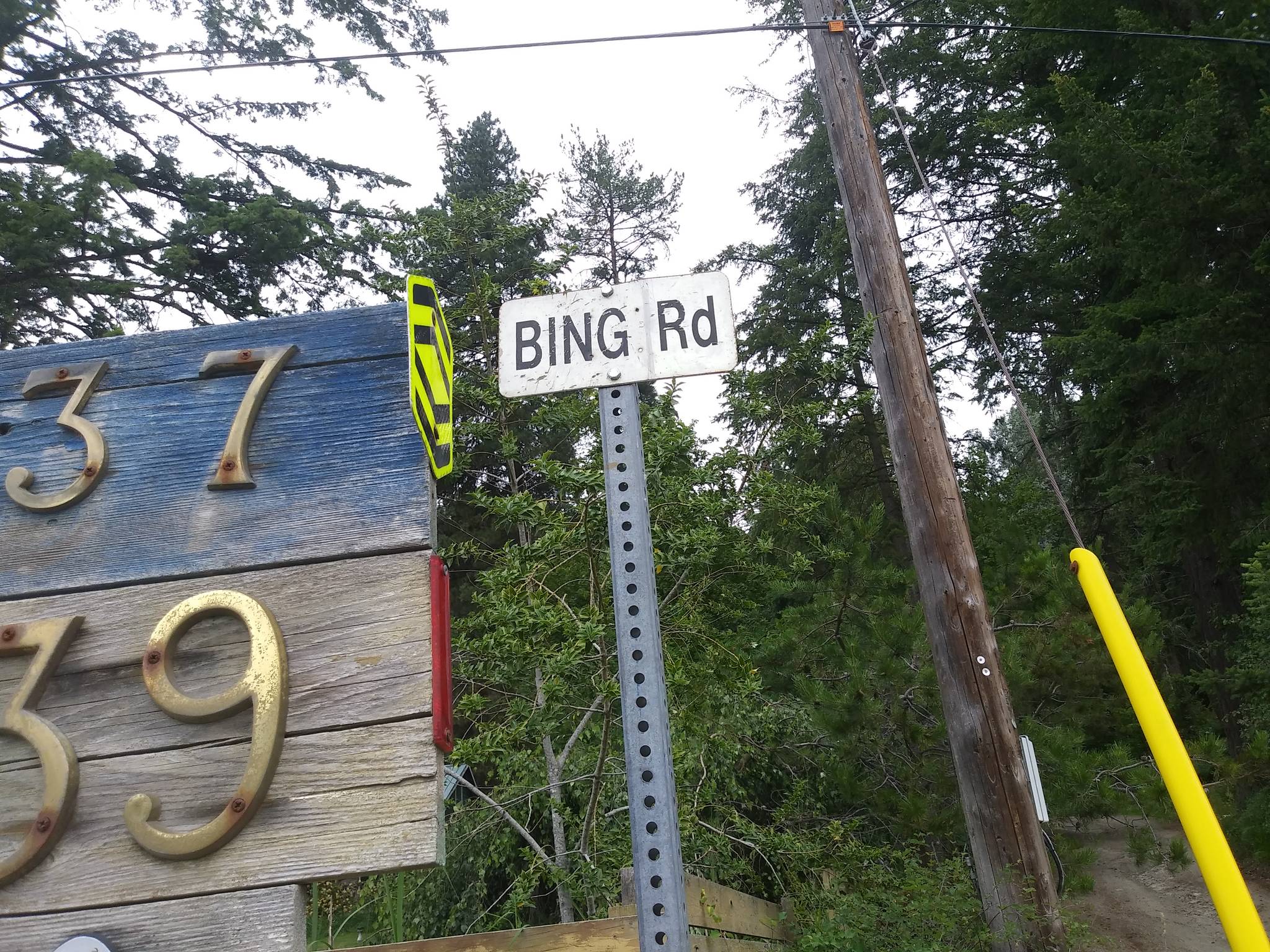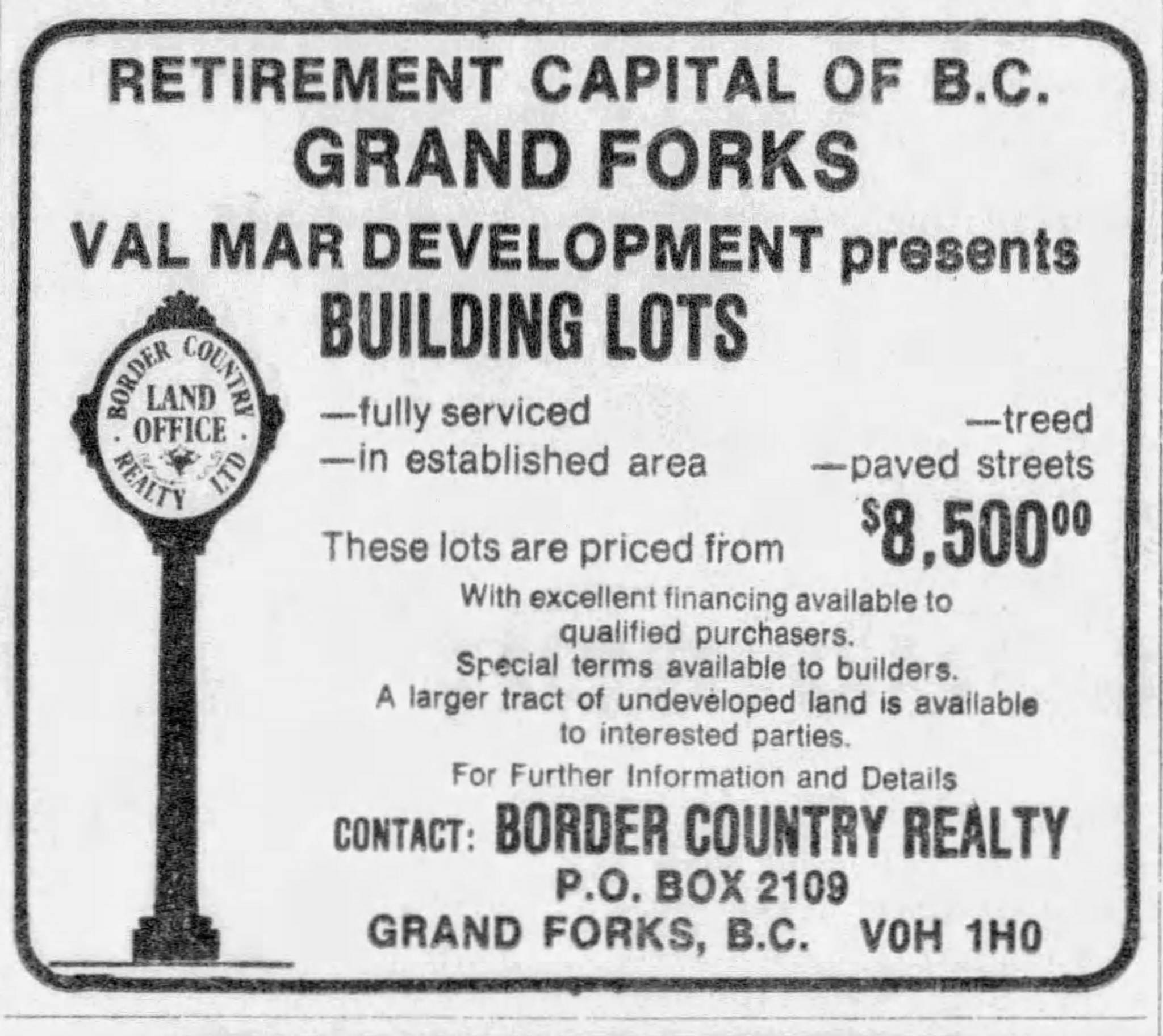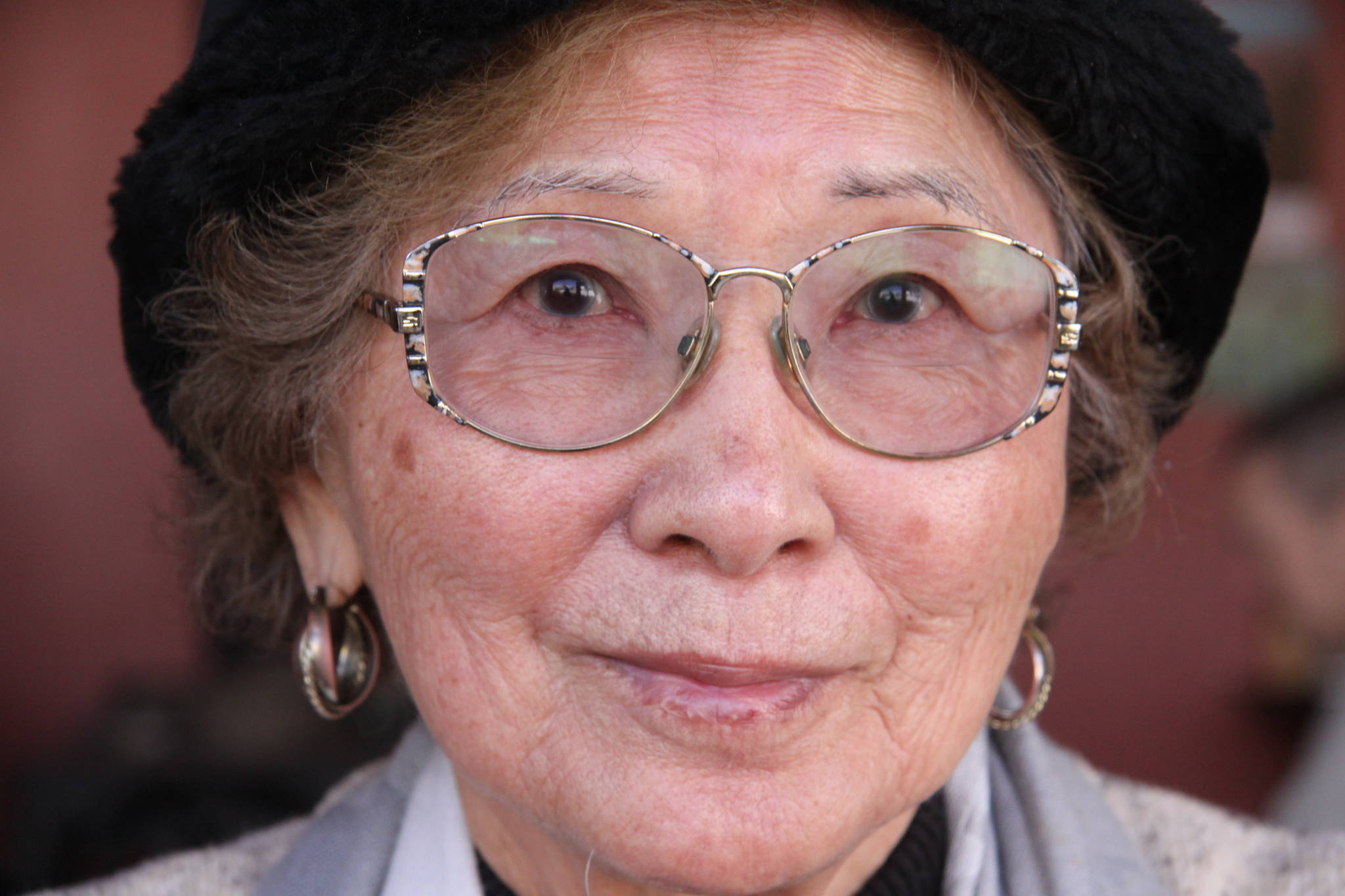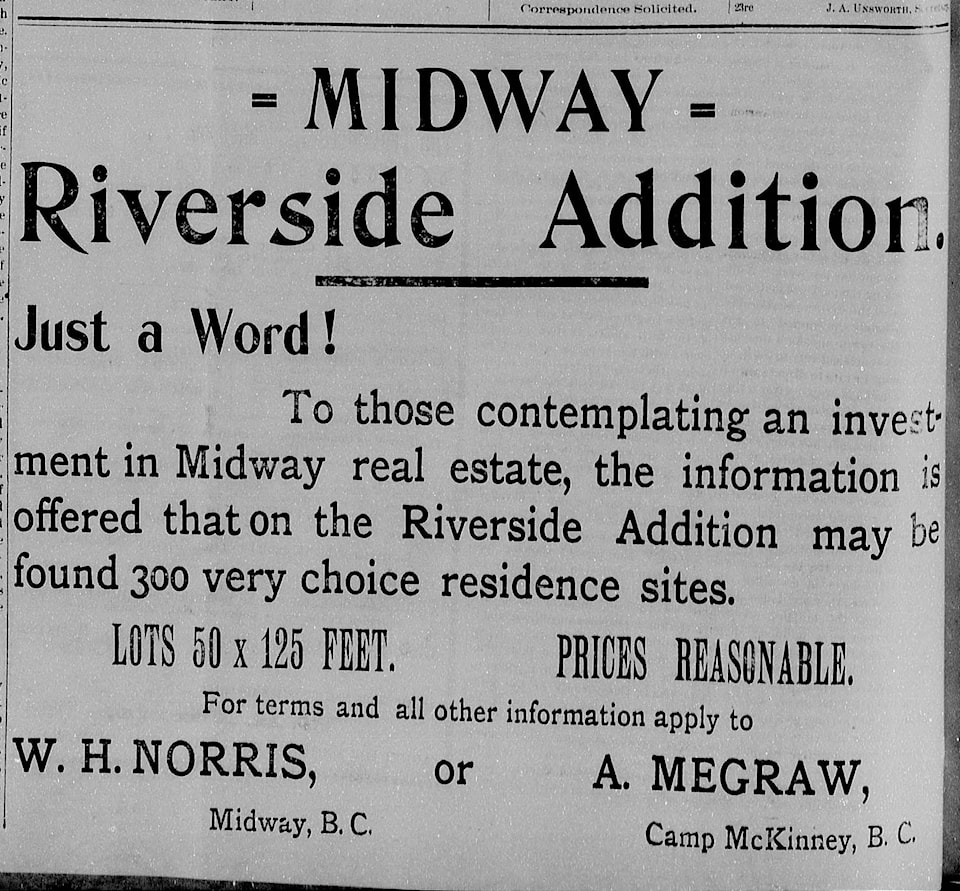Three hundred seventeenth in a series on West Kootenay/Boundary place names
In 1952, longtime Kaslo resident Allan P. Allsebrook suggested in a letter to The Kootenaian newspaper that it was time to replace the city’s dull street names — chiefly A through E avenues and 1st through 7th streets downtown.
He lamented: “Must we go on year after year, stamped with the blasted Yankee hallmark of a meaningless, utilitarian 4th, 5th, 6th — and A, B, C, D avenues? After 41 years in the neighbourhood, I am not even sure of getting them right. In my mind numbers mean nothing. They do not grip the memory. Names do.”
Included in Allsebrook’s list of “names rich in tradition and honored in our town” was Dr. Kozo Shimotakahara, who had recently died after serving the community from the start of the Japanese-Canadian internment in 1942. He was also believed to be the first Japanese-Canadian physician in Vancouver.
Allsebrook said Shimotakahara should be remembered for his “selfless service and sacrifice.”
However, his suggestion was not acted upon and Kaslo retains its generic street names.
But on Aug. 12, 2016, the village renamed Railway Avenue, designating it Higashi Way after the late Buck and Aya Higashi, who lived on that street — making them the only Japanese-Canadians honoured with a street name in West Kootenay. Sugimoto Road in Grand Forks meanwhile is named after the family of longtime mayor Sugi Sugimoto.
Aya, who died in 2015, was a beloved teacher in Kaslo and the Slocan Valley for more than 40 years. She was also Kaslo’s last permanent Japanese-Canadian resident.
Meanwhile, the only local street named after a Chinese-Canadian appears to be Bing Road at Willow Point, on Kootenay Lake’s North Shore, which honours the family of Soo Bing Quan, aka Charlie Bing, who began farming there in 1928.
MIDWAY ADDITIONS
Our series on neighbourhoods neglected to look at Midway, which had several townsite additions.
Forbes M. Kerby surveyed the South Addition in 1898 although its precise boundaries are unclear. Same goes for the Western Addition, surveyed around 1900, and another nameless addition surveyed by Francis William Groves in 1902.
The Riverside Addition, meanwhile, was on the south side of the Kettle River and owned by W.H. Norris and Aislie Megraw. Although named by May 1899, Kerby didn’t complete the survey plan until early 1903.
Another addition was described in the Nelson Daily News of Oct. 28, 1905. Greenwood founder Robert Wood and partner Ralph Smailes bought the 200-acre Myheroff ranch adjoining the Midway townsite.
“It is the intention of the new purchasers to have this land surveyed into town lots and placed on the market at once,” the newspaper reported.
The land was immediately west of the CPR depot. Wood and Smailes were also involved in the Midway and Vernon Railway which received a charter in 1901 to establish a new link between the Boundary and Okanagan but only got as far as some grading of its proposed line near Midway before the project stalled. It’s unclear if the townsite addition fared any better.
VAL MAR
Among Grand Forks neighbourhoods, we forgot to mention the Val Mar subdivision, also spelled Valmar and Val-Mar.
While the origin of the name is unclear, Its approximate boundaries are Columbia Drive on the west (just behind the Station Pub), McCallum Drive on the east, and Coalshut Road on the north. It ends where McCallum turns onto 17th Street and goes down the hill to the area behind the PetroCan station.
The earliest known mention of Val Mar is in an ad from 1977.
BAC GROUNDS
Regarding Rossland neighbourhoods, historian Ron Shearer notes that when he was growing up there in the 1930s and ‘40s, a section of town was referred to as the BAC grounds.
“it was on the flat behind the ice rink and a bit to the west, on the edge of the Nickle Plate mine lands,” he says. “I think the city may have had work yards there.”
The area was named for the British American Corporation, whose “commodious building” on the site was described in the Rossland Miner of Oct. 14, 1898 as standing “on an eminence commanding an excellent view of the city and surrounding country. The building is surrounded by a cluster of artistic dwellings, which are occupied by the company’s resident representatives.”
Three of those homes still stand at 1815A, 1843A, and 1876A Fourth Ave.
— With thanks to Della Mallette and Ron Shearer



